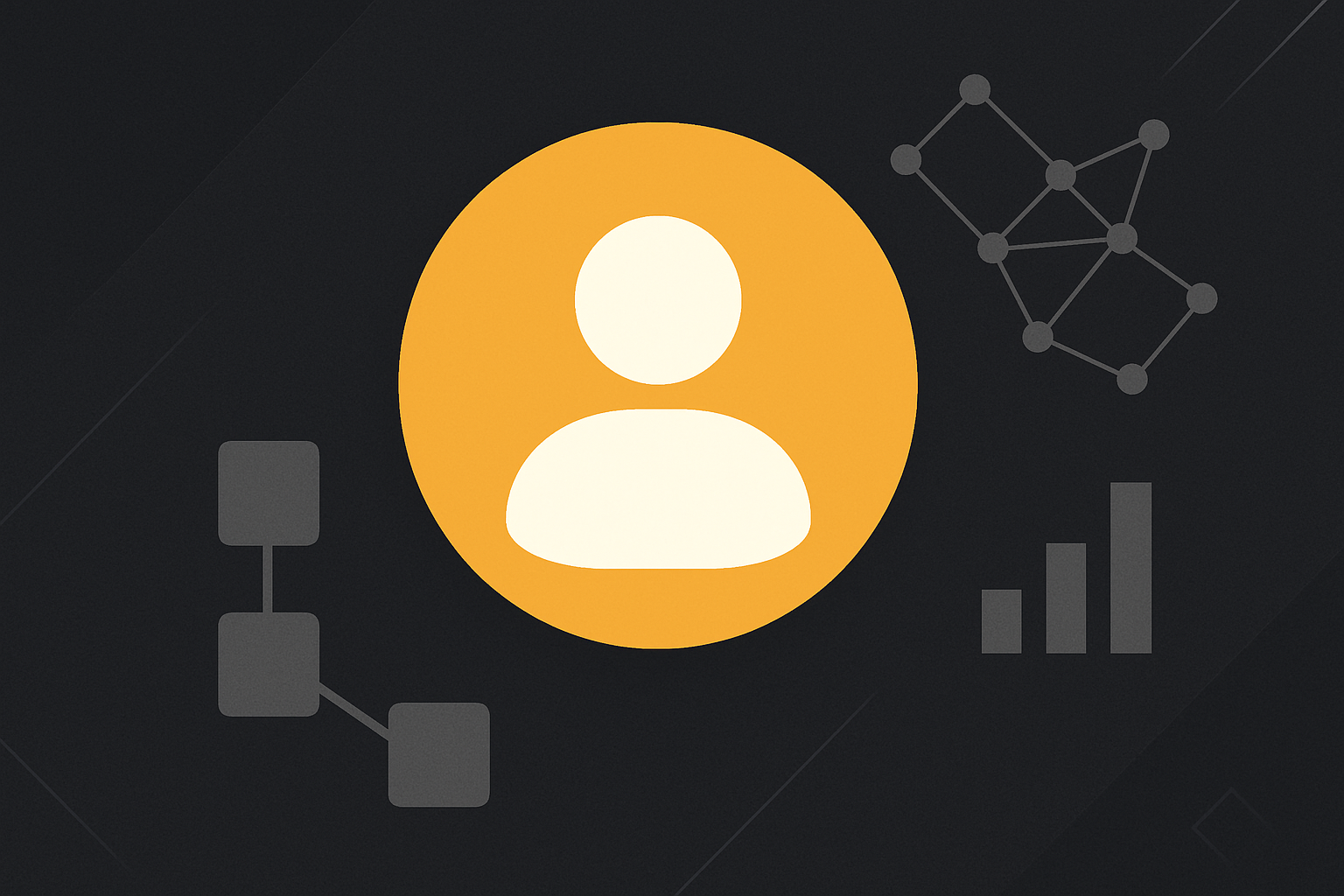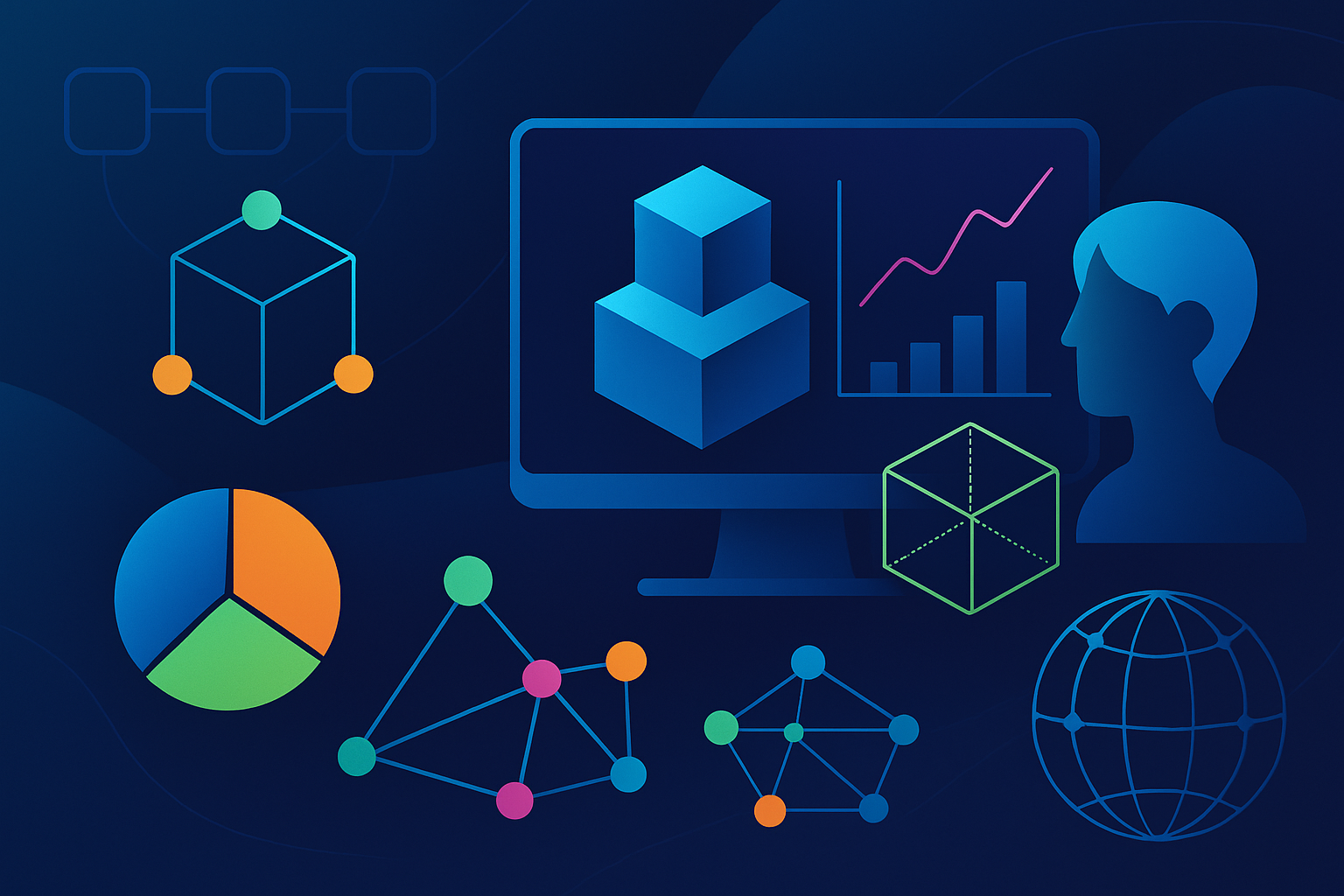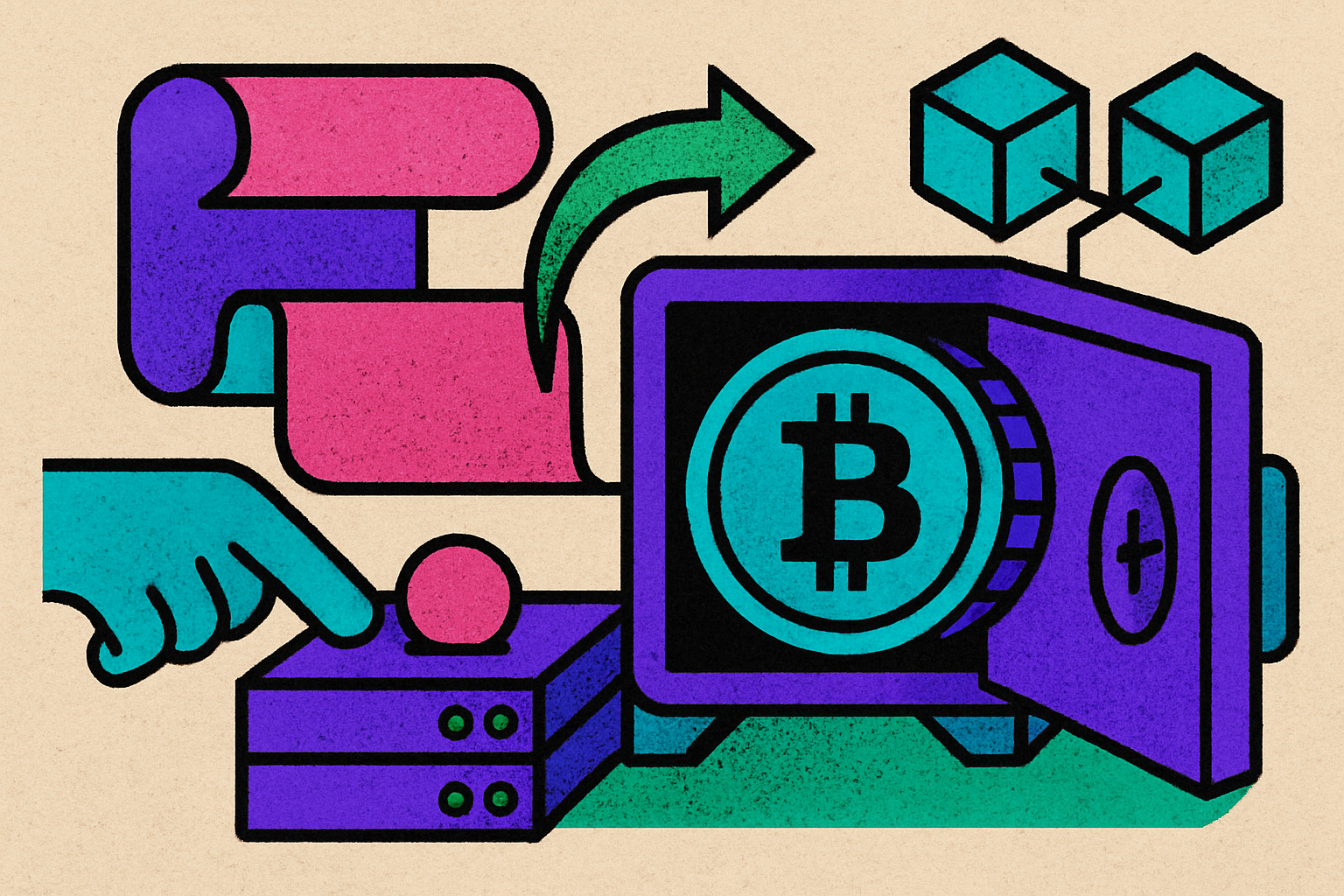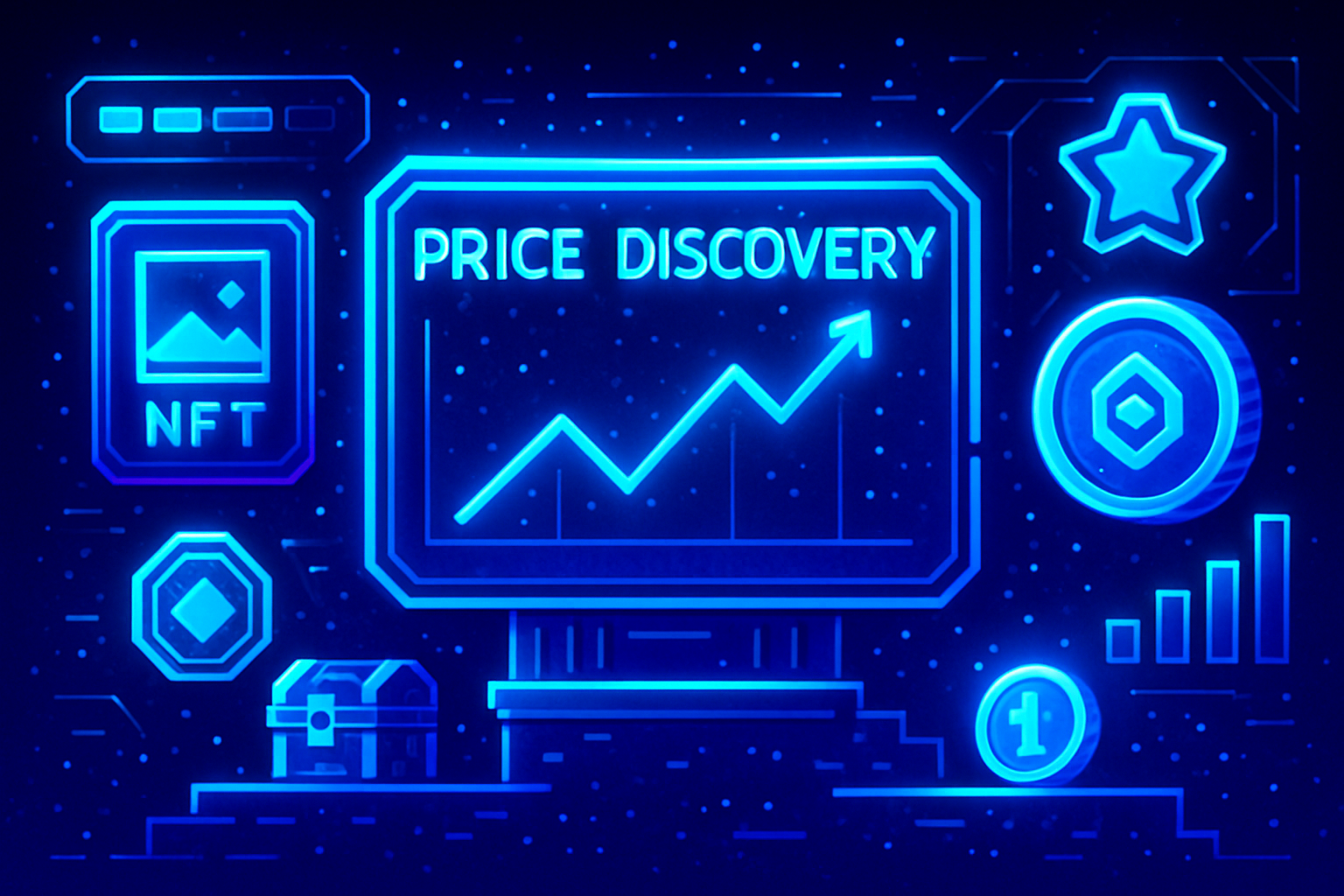
No-code rollup deployment platforms are rapidly transforming the blockchain landscape. In 2025, the promise of launching a custom app-chain in minutes is no longer a distant vision but a lived reality. The emergence of intuitive, no-code interfaces and robust rollup-as-a-service (RaaS) platforms is lowering the technical barrier for developers, startups, and enterprises alike. Now, anyone with a strong idea can launch a scalable, secure, and interoperable blockchain without touching a line of code.

The Shift: From Complex Infrastructure to Seamless Deployment
Historically, deploying a blockchain or rollup meant wrestling with infrastructure, writing custom smart contracts, and managing node operations. This complexity discouraged many would-be innovators. The new wave of no-code rollup deployment tools, however, is democratizing access to blockchain scalability solutions. Platforms like Asphere (built by Ankr), Zeeve, and AltLayer are leading the charge, offering drag-and-drop configuration, modular templates, and fully managed operations.
“The no-code deployer application lets any builder or team customize and launch a modular rollup and token in minutes via an easy-to-use interface. “ – Ankr
In May 2025, Asphere’s collaboration with the Web3 Foundation brought no-code rollup deployment to the Polkadot network. This partnership allows developers to spin up high-performance, interoperable rollups with custom tokenomics and governance structures in just a few clicks. Similarly, AltLayer’s integration of Polkadot Native Rollups in July 2025 further streamlined app-chain launches with automated node management and flexible sequencer options. Caldera’s December 2024 announcement of multi-VM support (including the Solana Virtual Machine) underscored the growing appetite for one-click deployment across diverse ecosystems.
Top No-Code Rollup Deployment Platforms (2025)
-
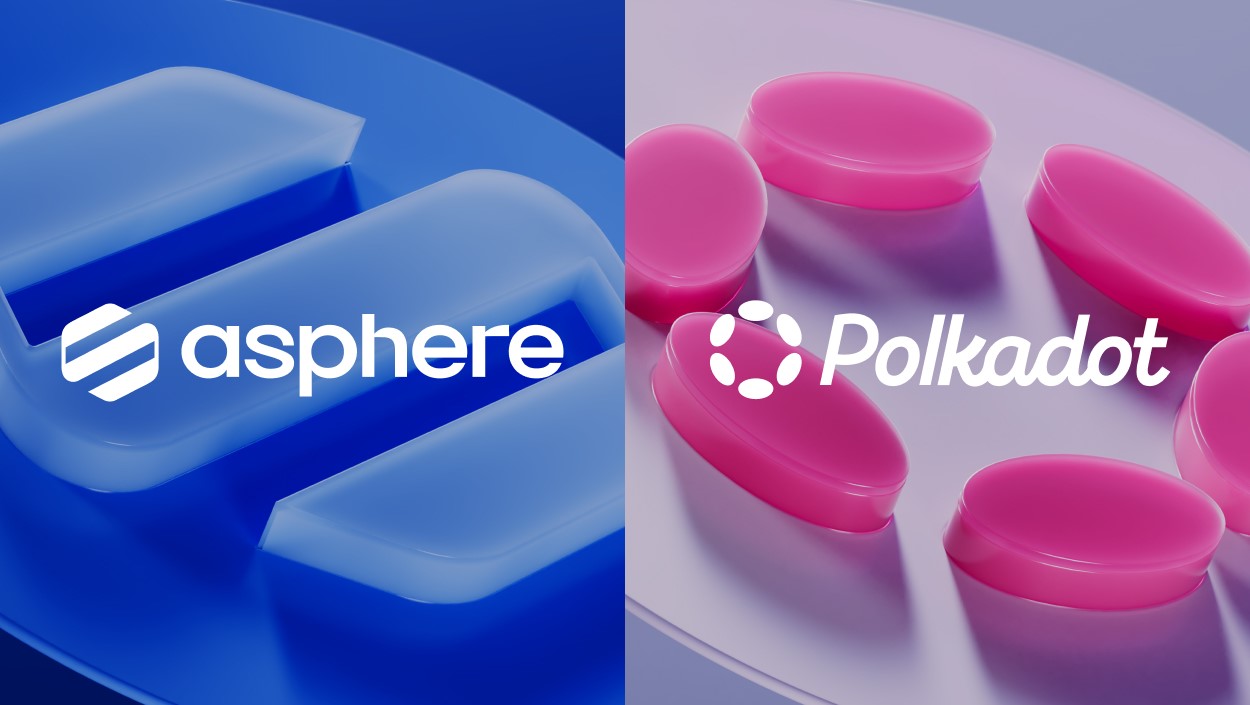
Asphere (by Ankr): In partnership with the Web3 Foundation, Asphere delivers a robust no-code rollup deployment platform for the Polkadot network. Key features include ready-to-use rollup templates, Ethereum compatibility, customizable tokenomics, 24/7 support, and real-time monitoring—all managed via an intuitive interface.
-
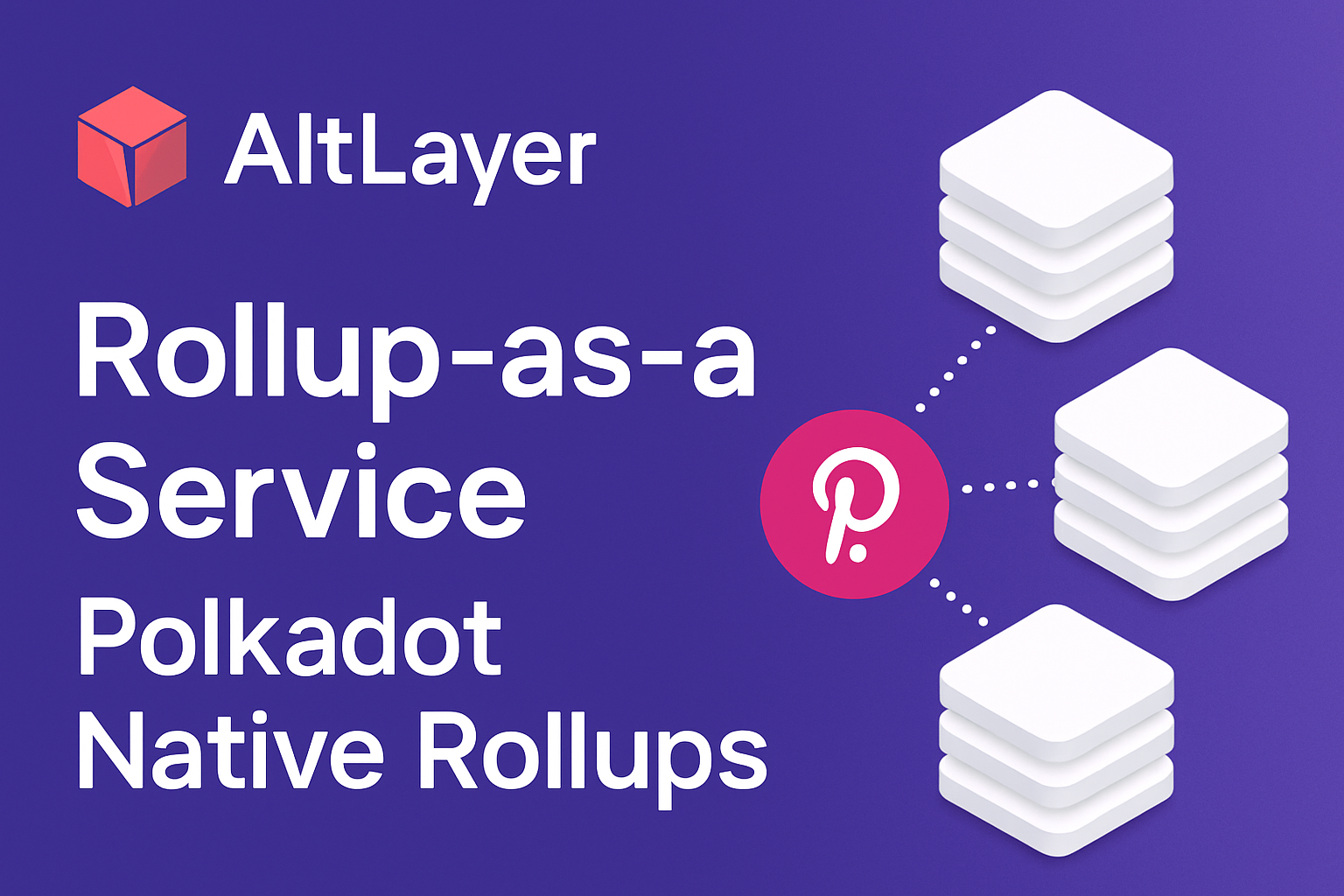
AltLayer: AltLayer’s Rollup-as-a-Service platform now supports Polkadot Native Rollups, enabling rapid deployment of customized rollups. Key features include automated node management, flexible sequencer and oracle options, cross-chain compatibility, and a user-friendly no-code dashboard.
-
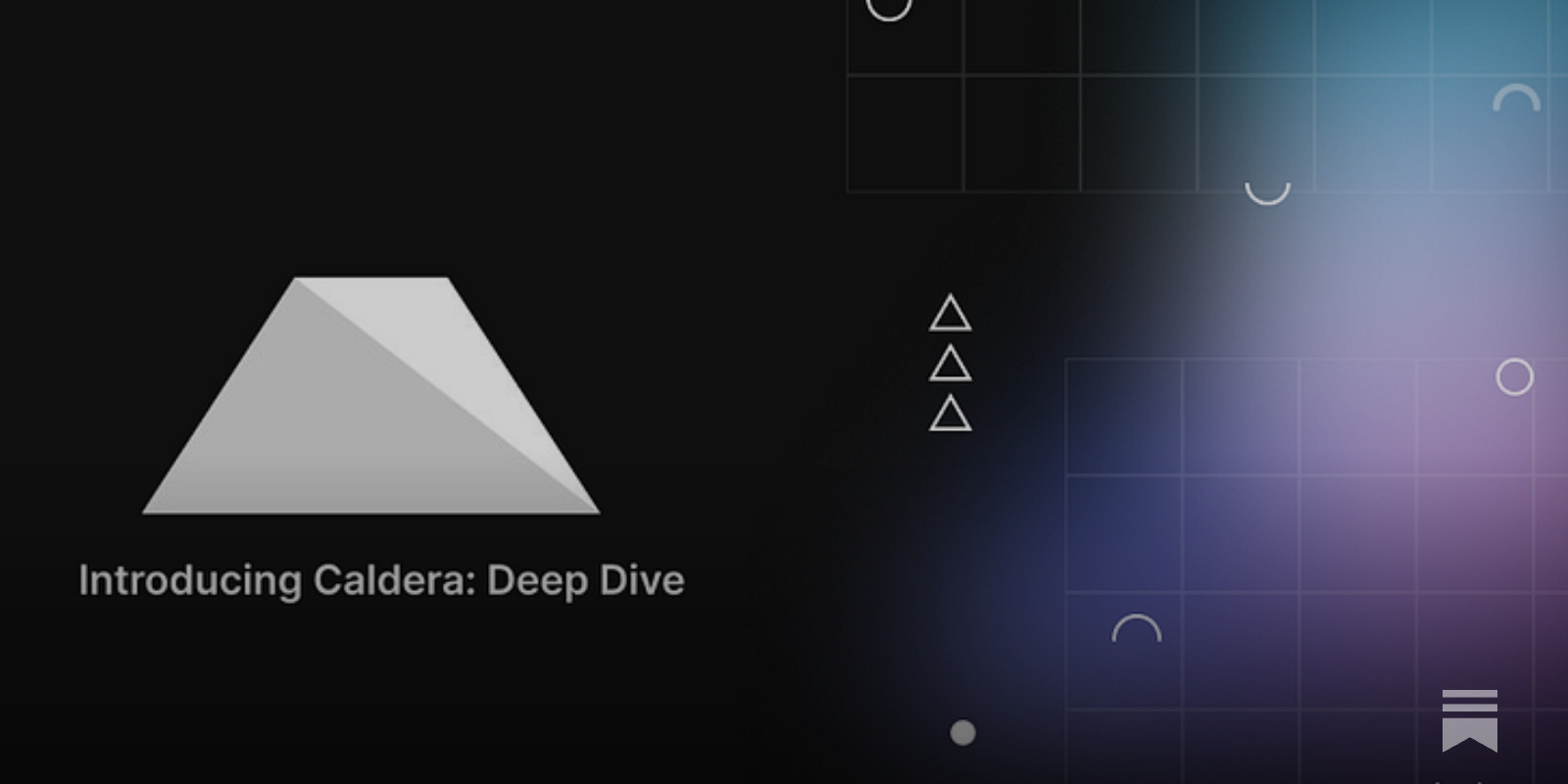
Caldera: Caldera stands out as the first multi-VM rollup platform, supporting both EVM and Solana Virtual Machine (SVM) rollups. Key features include one-click deployment, high-performance SVM support, seamless integration with Ethereum Layer 1, and modular upgrade capabilities.
-
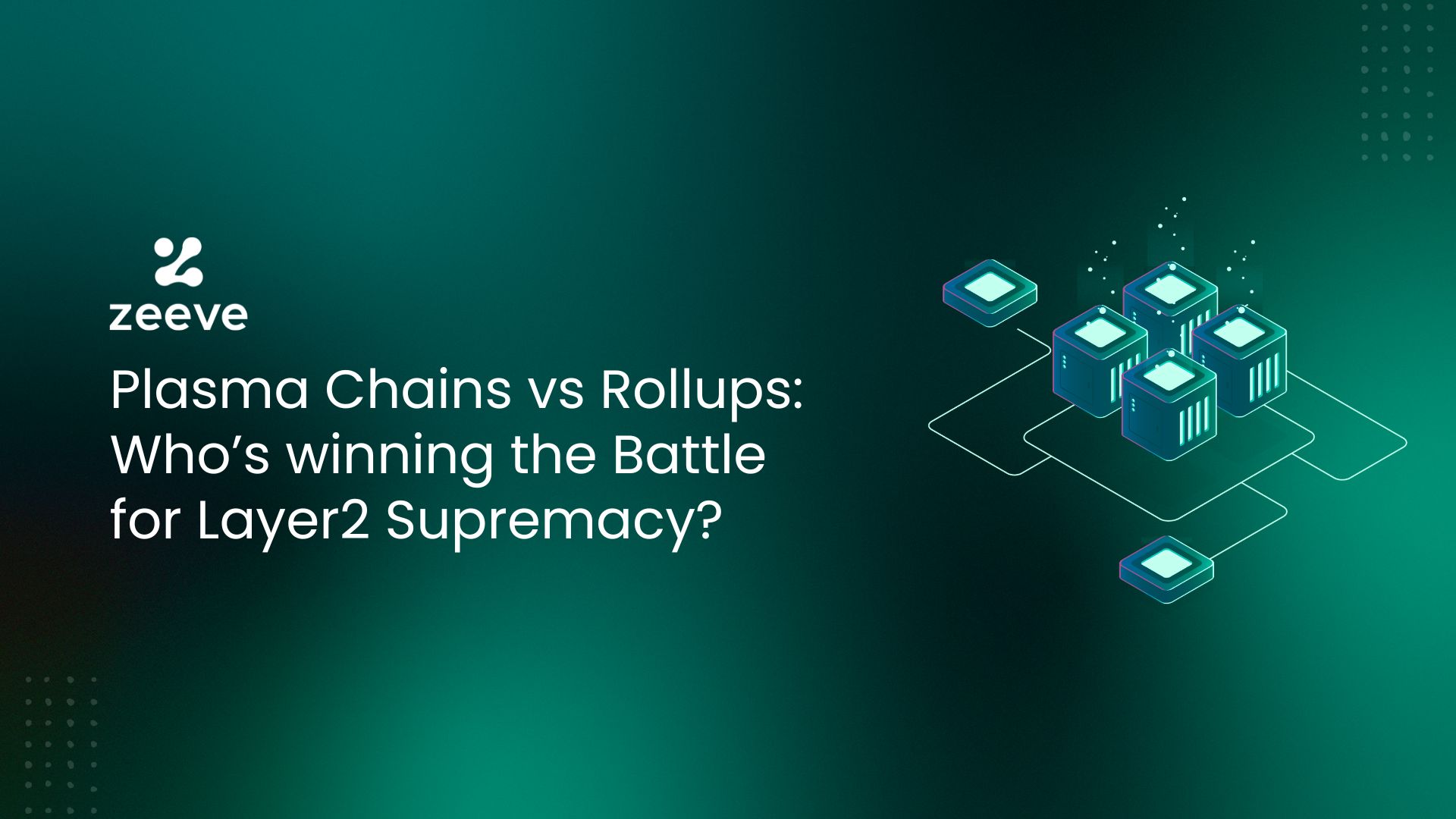
Zeeve: Zeeve offers a no-code, enterprise-grade platform for launching app-specific blockchains, including support for both zkRollups and OP Rollups. Key features are ISO27001 & SOC2 compliance, configurable deployment, robust security, and free training resources.
-
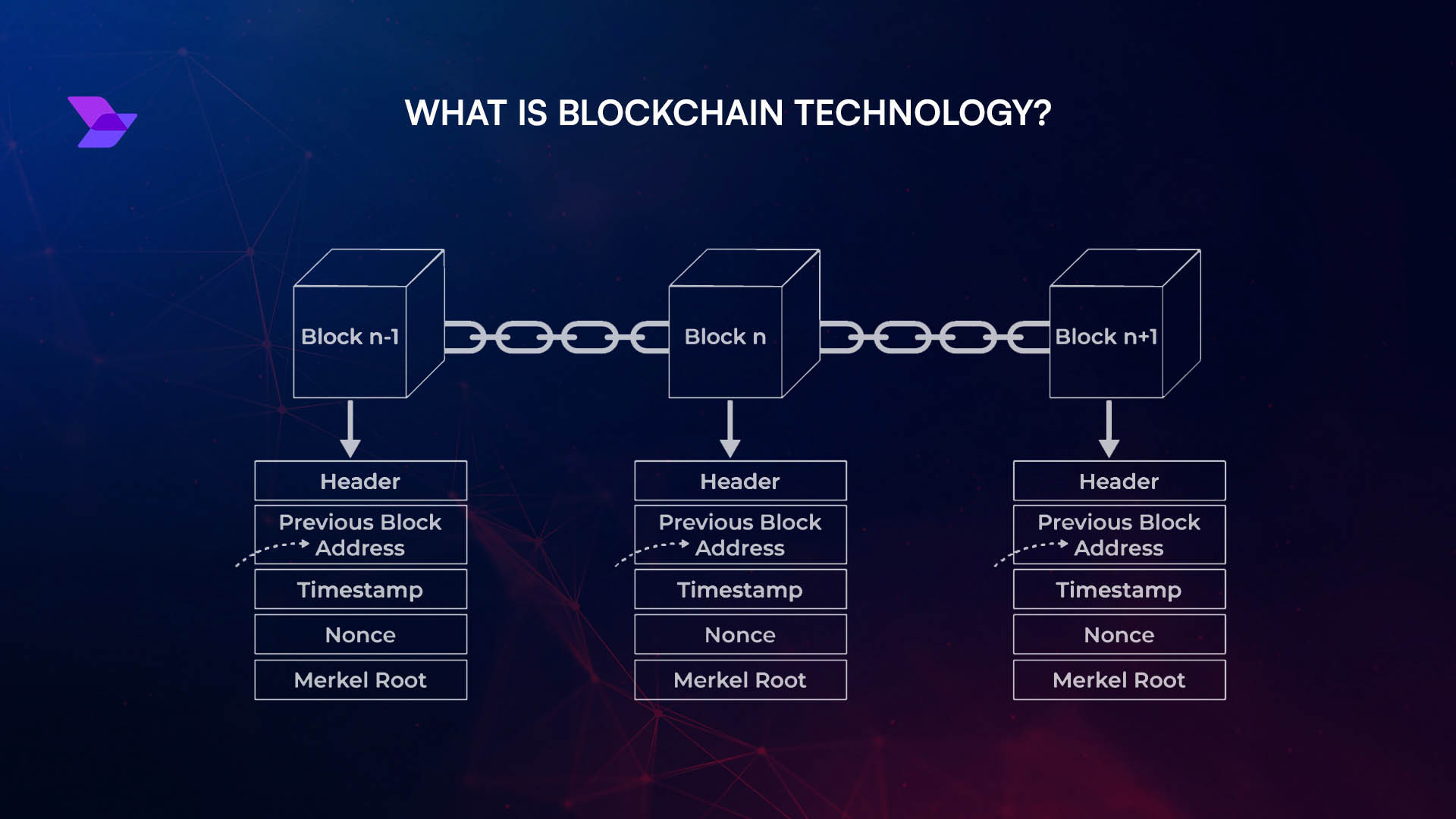
Blockchain App Factory: Specializing in zero-code token and blockchain deployment, Blockchain App Factory empowers users to create and launch tokens or app-chains without coding. Key features include customizable token standards, rapid deployment, and integrated compliance tools.
Key Features Powering the No-Code Revolution
No-code rollup deployment platforms are not just about ease of use, they’re about unlocking new capabilities for builders at every level. Here’s what’s driving adoption:
- User-friendly interfaces: Drag-and-drop dashboards and guided setup flows make blockchain deployment accessible to non-developers.
- Pre-configured templates: Support for popular frameworks like OP Stack, Arbitrum Orbit, ZK Stack, and SVM accelerates the launch process.
- Customizable governance and tokenomics: Builders can tailor economic incentives and on-chain voting mechanisms to their project’s needs.
- End-to-end managed infrastructure: From runtime logic to node operations, RaaS providers offer 24/7 support and real-time monitoring.
- Compliance and security: Leading platforms are ISO27001 and SOC2 Type 2 compliant, with robust audit trails and upgrade controls.
Lowering Barriers, Accelerating Innovation
The impact on the app-chain ecosystem is profound. No-code rollup deployment means teams can focus on product innovation instead of infrastructure headaches. DeFi protocols, NFT marketplaces, gaming studios, and DAOs are all leveraging these platforms to experiment rapidly and bring new use cases to market. The days of six-month blockchain launches are over, today, a custom rollup can go live in under an hour.
By abstracting away the technical complexity, RaaS platforms are enabling a more inclusive Web3 ecosystem. Builders from diverse backgrounds are launching tailored blockchains that prioritize scalability, security, and interoperability. This shift is already evident in the surge of app-chain launches across Polkadot, Ethereum, and Solana-compatible environments in 2025.
Yet, the true value of no-code rollup deployment lies in its power to catalyze experimentation and iteration. With infrastructure hurdles removed, teams can test new economic models, governance modules, or cross-chain integrations at a pace previously reserved for Web2 startups. This agility is critical in a market where user needs and regulatory frameworks are evolving rapidly.
Security and compliance remain top priorities. Platforms like Zeeve and Asphere have set industry benchmarks by achieving ISO27001 and SOC2 Type 2 certifications, offering enterprise-grade assurances that were once out of reach for smaller teams. Automated monitoring and upgrade controls further minimize operational risks, making it easier for projects to adapt without sacrificing reliability.
Expanding Use Cases: From DeFi to Real-World Assets
No-code rollup deployment is not just a technical upgrade, it’s a strategic lever for business models across the blockchain economy. DeFi protocols are rolling out isolated execution environments to mitigate MEV risks and optimize gas fees. NFT platforms are launching custom chains with built-in royalty enforcement. Even traditional enterprises are experimenting with app-chains for supply chain transparency and compliance reporting.
The flexibility of these platforms is also driving adoption in emerging sectors. For example, gaming studios are leveraging one-click rollups to create high-throughput environments for on-chain assets and player economies. DAOs are spinning up governance-focused app-chains with tailored voting logic and treasury management tools. The breadth of supported frameworks, OP Stack, Arbitrum Orbit, ZK Stack, and now SVM, means builders can select the best-fit architecture for their use case.
What to Watch: The Next Phase of No-Code Blockchain Infrastructure
Looking ahead, competition among rollup-as-a-service platforms is intensifying. Expect deeper integrations with Layer 1s, more granular compliance tooling, and expanded support for multi-VM deployments. Interoperability will be a central theme as app-chains seek seamless asset transfers and unified user experiences across ecosystems.
The democratization of blockchain deployment is still in its early innings. As more builders gain access to no-code app-chain launch tools, we’ll see a proliferation of specialized blockchains tailored to novel use cases and local markets. This shift won’t just accelerate innovation, it will fundamentally reshape how value and utility are delivered in Web3.
For a deeper dive into the platforms and strategies shaping this trend, visit our comprehensive resource: How No-Code Rollup Deployment Platforms Are Revolutionizing App-Chain Launches in 2025.


